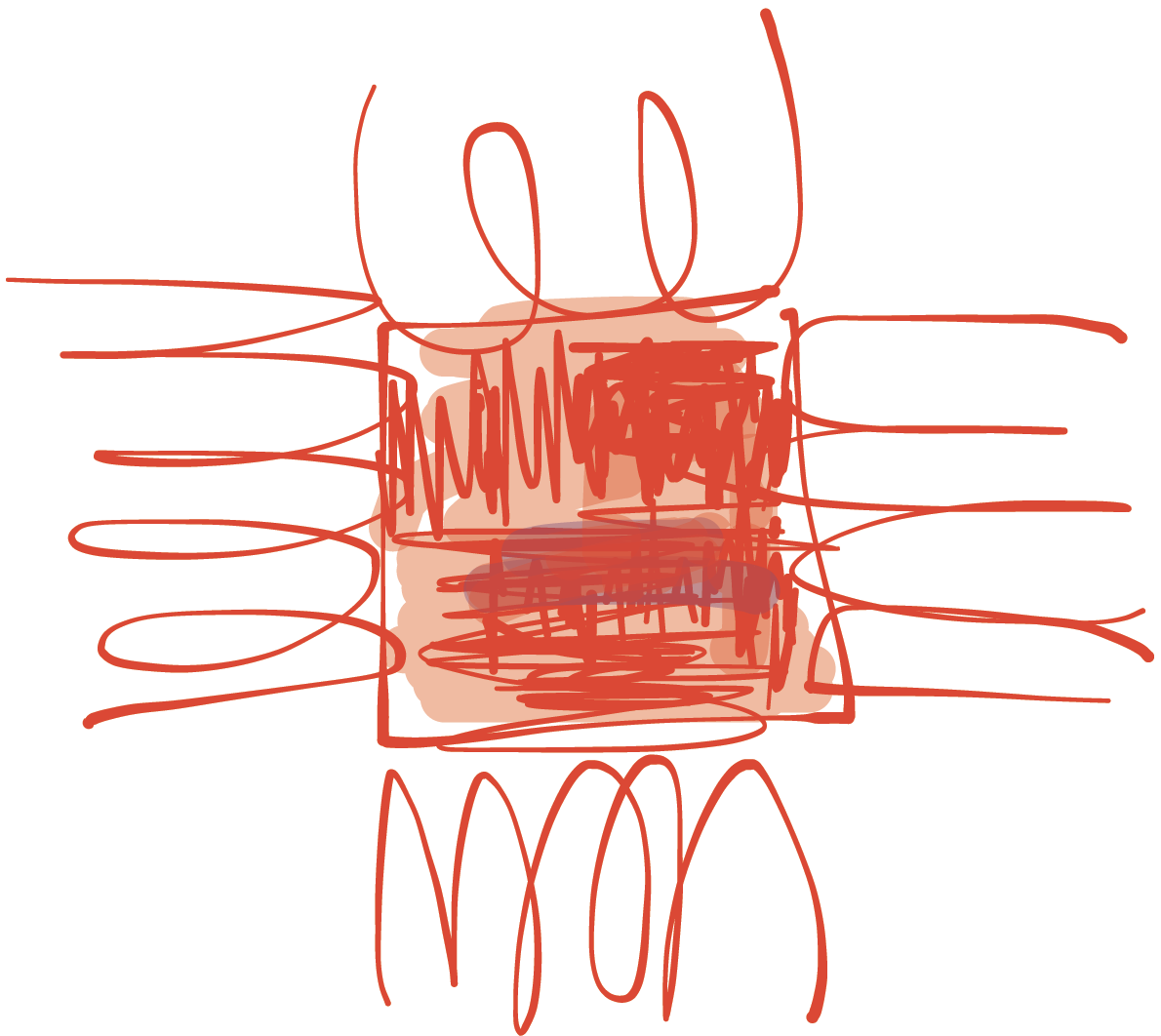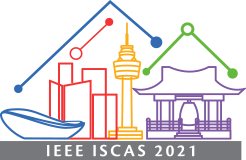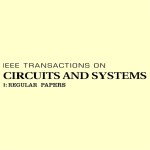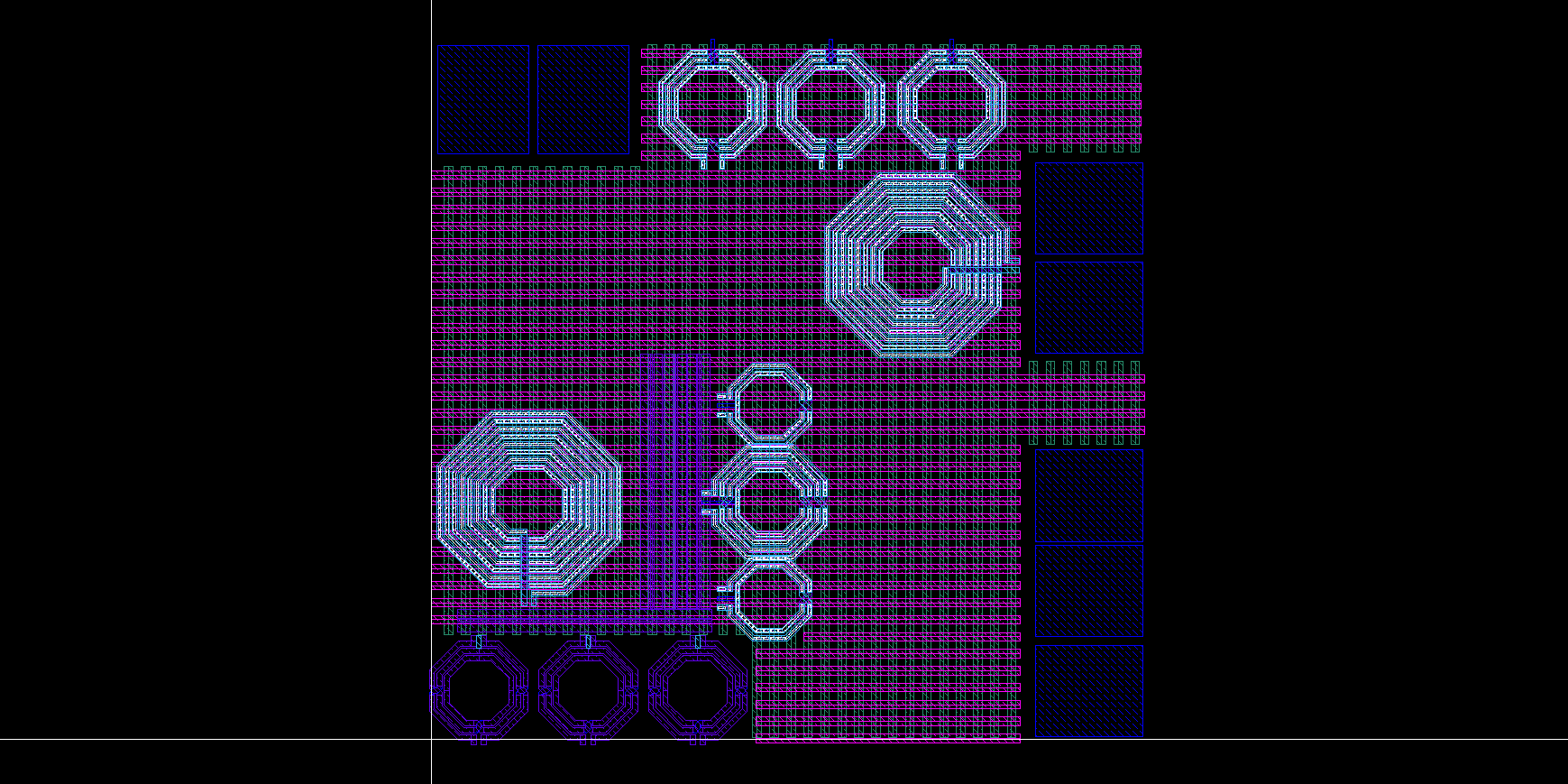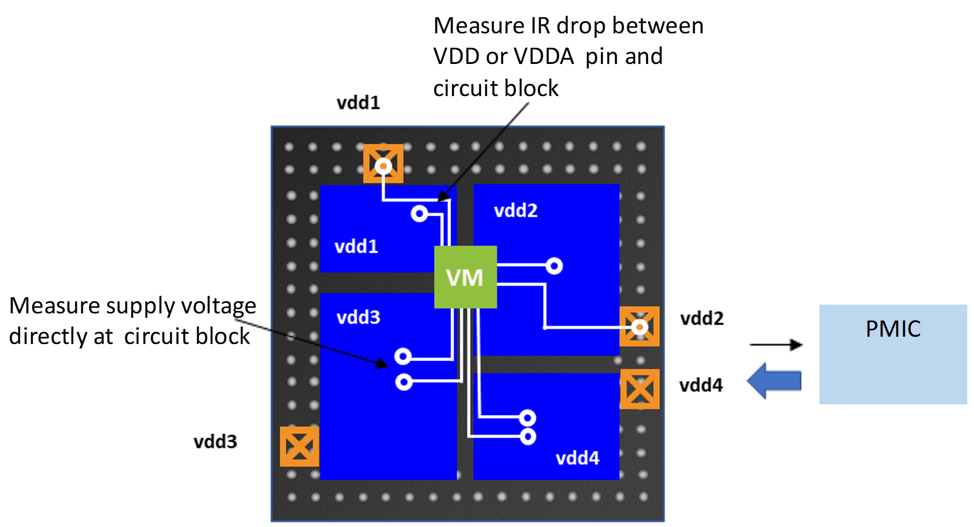April 24, 2021. A Armin Tajalli chairs the Advanced Optical and Electrical Communication Systems in IEEE CICC 2021. This session will include five excellent papers selected from both academia and industry.
Senior Project 2020-2021
April 30, 2021. A team of 9 undergraduate Senior students accomplished their project in collaboration with LCAS. Tina Hayward, Ran Wei, Richard Christian, Sophie Wang, Israel Najar, Christian Giauque, Michael Dorman, Sun Geol Kim, and Ze-Hong Lin were part of this project in which a Successive-Approximation Analog-to-Digital Converter (ADC), a Pipelined ADC, a Current-Steering Digital-to-Analog Converter (DAC), and a Neural Network system for image recognition were designed. Congratulations to the team for their great achievement that included different activities, including modeling, circuit design, layout preparation, and simulation. Also, two team members, Tina Hayward and Sophie Wang, won the 2021 Electrical Engineering Student Excellence Award. Well deserved !
ISCAS’2021
January 29, 2021. Congratulations to Asif Wahid and Rajath Bindiganavile for their recent paper accepted in IEEE ISCAS’2021. Entitled “Optimal PAM Order for Wireline Communication“, the main focus of this work is on analyzing and evaluating performance of high-order PAM signaling for wireline communications. This analysis shows how proper resolution for Analog-to-Digital Converters can be selected for wireline communications over a channel with strong Inter-Symbol Interference [Link].
TCASI Publication
November 18, 2020. Our latest work on algorithmic/systematic analog design is now being published by IEEE TCAS-I. This article sheds light on energy-efficient analog circuit design from a new perspective. The main goal of this article is to provide a simple/analytical/systematic perspective on speed-power trade-offs in design of Field-Effect Transistors (FETs). There are several approaches to implement energy-efficient analog circuits (e.g. gm/ID and inversion-coefficient based design). The proposed methodology in our latest paper offers a simpler and more insightful design approach.
Wireline Com Project
December 1, 2019. LCAS successfully accomplished development of an extremely high-throughput wireline link for next generation high-performance computing systems. Collaborating with industrial partner, the LCAS team developed new signaling schemes and circuit topologies in order to enhance the communication bandwidth at very low level of energy consumption. Targeting 100 Gb/s, this research work showed that energy consumption can be reduced down to 1.2 pJ/b for ultra-short reach channels. This type of channels are widely used in modern chip-to-chip communications.
Wireless 5G
September 15, 2020. LCAS signs a collaboration contract with a leading company in Silicon Valley to develop high-speed integrated circuits for next-generation wireless 5G systems. This industrial fund will be used to develop, design, implement and test advanced integrated circuits, targeting high-throughput wireless communications.
NSF Award
October 5, 2020. LCAS receives NSF Award to develop IoT devices for modern monitoring systems in order to enhance safety in large industrial workshops. Prof. Abbas Rashidi (Civil Engineering, PI) and Prof. Armin Tajalli (co-PI) will collaborate on this NSF-PFI project [Link].
MWSCAS’2020
October 5, 2020. Asif Wahid presented his paper entitled: “A digitally-assisted peak detector for periodic signal” in IEEE MWSCAS 2020, in Springfield, MA, USA. Congratulations to Asif Wahid !
VLSI-SoC’2020
October 5, 2020. Three papers from our group will be presented in IFIP/IEEE VLSI-SoC 2020, in Salt Lake City, Utah. These articles are based on collaboration with other groups at the University of Utah, namely, Professor Massood Tabib-Azar (bio-interface circuits) and Professor Behrouz Farhang-Boroujeni (MCMC MIMO detector). Congratulations to the team !
Futures of Analog Low Power in Semiconductor Engineering
March 20, 2020. In an interview with Semiconductor Engineering website, Armin Tajalli explained his point of view on Low Power Analog Design [Link].


